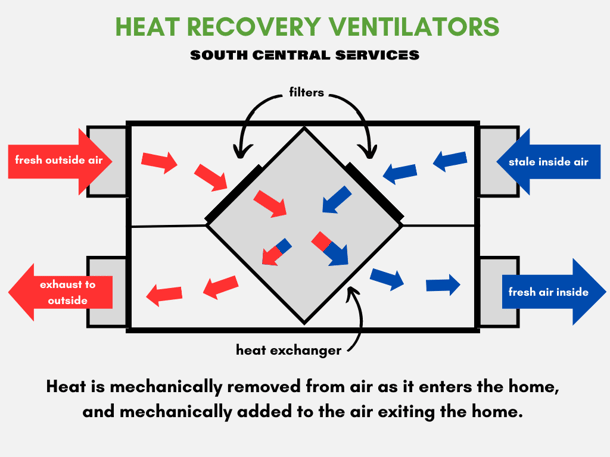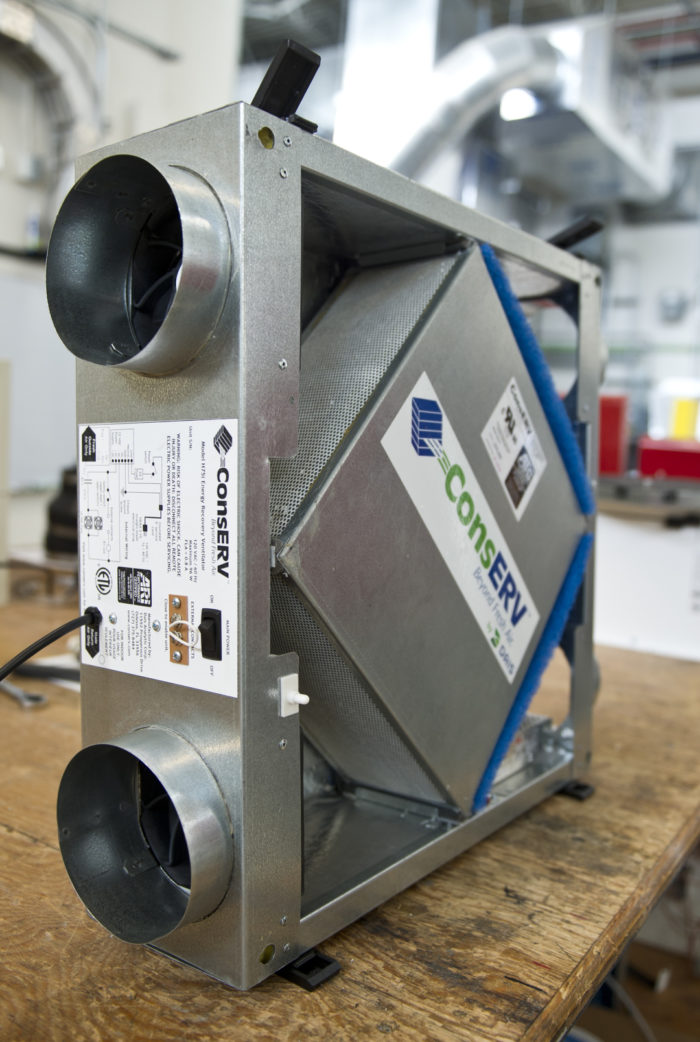Top Strategies to Care For Your HRV System
Wiki Article
Discovering the Perks of Heat Recovery Ventilation for Energy Efficiency in Houses
Heat Recovery Ventilation (HRV) systems offer homeowners a sensible method to boosting energy effectiveness. By reclaiming warm from outgoing air, these systems can significantly reduce cooling and heating costs. Furthermore, they supply a stable supply of fresh air, boosting interior air high quality and convenience levels. As house owners think about sustainable options, understanding the nuances of HRV systems ends up being increasingly vital. What elements should one examine prior to making such a financial investment?Comprehending Heat Recovery Ventilation Systems

How HRV Enhances Indoor Air Top Quality

Energy Savings: The Economic Benefits of HRV
Making best use of energy performance, heat recovery ventilation (HRV) systems provide substantial economic advantages for property owners. By recouping and recycling heat from exhaust air, HRVs markedly minimize cooling and heating prices. This innovation can bring about power savings of up to 30%, depending on environment and use patterns. Property owners frequently discover minimized energy costs shortly after setup, making HRVs a monetarily sensible investment in time. Furthermore, many regions provide rewards or discounts for energy-efficient upgrades, even more boosting the monetary allure. As energy costs remain to increase, the cost-effectiveness of HRVs comes to be increasingly clear. On the whole, the incorporation of HRV systems not just promotes energy effectiveness yet likewise adds to long-term economic cost savings for households.The Ecological Impact of Heat Recovery Ventilation
A considerable environmental advantage of heat recovery ventilation (HRV) systems hinges on their capability to minimize overall energy consumption. By recovering warm from exhaust air and transferring it to incoming fresh air, HRV systems decrease the requirement for energy-intensive heating and cooling methods. This reduction in more info here power demand adds to lower greenhouse gas discharges, as much less fossil gas is required to preserve comfortable indoor temperature levels. In addition, HRV systems enhance interior air quality by successfully trading stale air with fresh outdoor air, minimizing reliance on mechanical cooling systems that can damage the setting. In general, the execution of HRV systems sustains lasting living methods and aligns with global efforts to fight climate change by promoting energy performance in domestic setups.
Picking the Right HRV System for Your Home
Just how can homeowners guarantee they choose the best heat recovery ventilation (HRV) system for their requirements? First, they must examine their home's dimension and design, as these elements influence air movement needs. Next, evaluating the system's efficiency rankings is crucial, as higher ratings show much better efficiency and power cost savings. Property owners need to likewise consider installment and maintenance expenses, contrasting different brands and designs for worth. In addition, it is necessary to review noise degrees, as some systems operate even more silently than others. Consulting with HVAC specialists can give customized referrals based on details home conditions. Analyzing customer evaluations and service warranties can help in making an informed decision, making sure that the selected HRV system successfully improves interior air quality and energy performance.Regularly Asked Inquiries

Just how Frequently Should I Clean or Preserve My HRV System?
The regularity of why not try these out cleaning or maintaining a warm recuperation ventilation (HRV) system generally depends upon usage and environmental factors. Normally, it is a good idea to carry out maintenance every six months to guarantee peak efficiency and air high quality.
Can HRV Systems Help In Reducing Moisture Degrees Inside?
HRV systems can efficiently reduce interior moisture degrees by trading stale, moist air with fresh, drier air from outdoors. HRV Heat Recovery Ventilation. This process aids keep a well balanced indoor atmosphere, boosting comfort and protecting against moisture-related problems
What Is the Life-span of a Regular HRV System?
The life-span of a normal heat recovery ventilation (HRV) system differs, generally lasting in between 10 to 15 years. Regular maintenance can extend its performance and functional life, making sure peak efficiency throughout its use duration.Are There Any Type Of Sound Interest In HRV Solutions?
Sound interest in HRV systems can arise, especially from fan procedure. Nonetheless, many contemporary systems are designed to lessen audio degrees, guaranteeing they operate silently while preserving performance, which resolves prospective disruptions in living atmospheres.Can I Install an HRV System Myself, or Do I Need an Expert?
The private contemplated whether to set up the heat recovery web link ventilation (HRV) system directly or work with a specialist. Generally, while do it yourself installment is feasible, competence assurances correct performance and conformity with local building regulations, boosting system efficiency.Report this wiki page